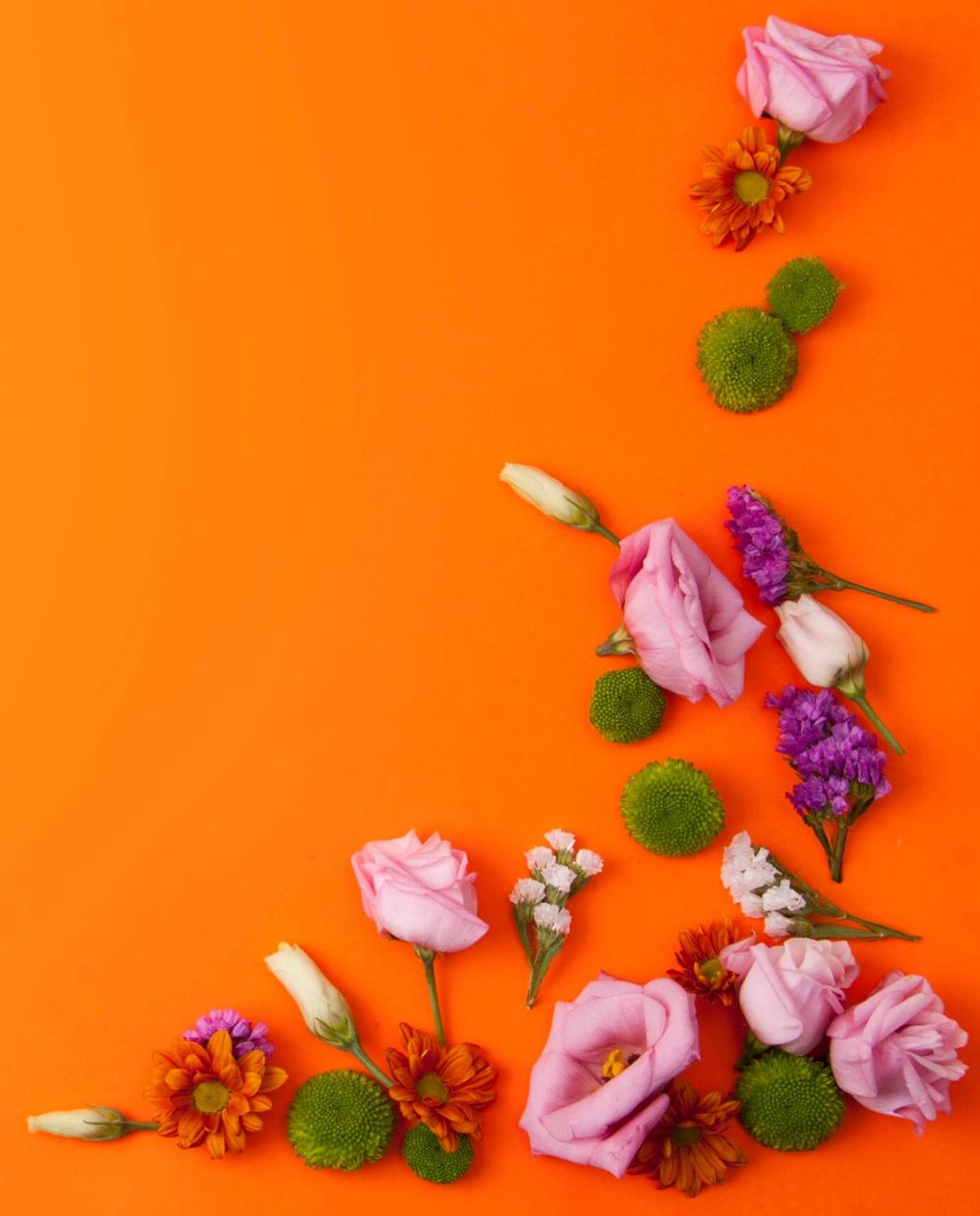
The Role of Plants in Stimulating Creative Thinking
Exploring the connection between the natural world and the human mind, the role of plants in stimulating creative thinking is both profound and fascinating. For centuries, people have sought inspiration in nature, finding that the presence of greenery can awaken imagination, innovation, and artistic expression. Understanding how plants influence our capacity to generate new ideas can help individuals and organizations nurture more inventive and productive environments. This page delves into the ways that plants shape creative processes, the psychological mechanisms behind their impact, and how you can harness their power to foster originality.
The Cognitive Benefits of Green Environments
Enhanced Focus and Attention
Plants help to sharpen focus and sustain attention by subtly reducing mental fatigue. The simple act of looking at greenery or being in a room filled with natural elements has been shown to restore depleted cognitive resources, especially after extended periods of concentration. This renewed mental energy is essential for creative tasks, as it allows individuals to be more flexible in their thinking, connect disparate ideas, and approach challenges from novel perspectives. By lowering stress hormones and providing visual respite, plants make it easier to immerse oneself in creative problem-solving. Professionals in fields like design or writing often report that their best ideas come more easily in green-rich spaces, illustrating nature’s supporting role in the ongoing dance of invention and innovation.

Plants as Catalysts for Inspiration
The intricate structures of leaves, flowers, and stems provide endless visual stimulation that can lead to new ideas and artistic breakthroughs. By observing the symmetry of a fern or the spiraling seed patterns of a sunflower, individuals often find fresh inspiration for design, architecture, and even technological innovation. These organic forms can be directly translated into new products or spark abstract thinking that leads to solutions in unrelated fields. Nature’s designs, honed by evolution, demonstrate principles like efficiency, adaptability, and balance, which can be adapted to human challenges in creative ways. Engaging with plant patterns, whether through drawing, photography, or simple observation, frequently triggers new avenues of thought and invention.

Integrating Plants into Workspaces and Learning Environments
Creating a Stimulating Visual Landscape
Arranging plants in workspaces or classrooms adds layers of visual interest that stimulate the mind and break up the monotony of traditional settings. Greenery introduces organic shapes, vibrant colors, and dynamic compositions that draw the eye and keep the mind engaged. This visual variety helps to sustain attention and prevent the cognitive dullness that often accompanies uninspired interiors. The presence of living plants is particularly effective at creating unique focal points in a room, encouraging curiosity and playful exploration. As the brain responds positively to natural vistas, creative thinking is empowered, yielding richer brainstorming sessions and bolder approaches to challenges.
Fostering Collaboration and Communication
The presence of plants has been shown to foster more open and cooperative interactions among colleagues and classmates. Green spaces tend to make people feel more relaxed and approachable, which in turn encourages the free exchange of ideas and constructive feedback—both of which are vital for creative breakthroughs. Plants act as subtle social catalysts, breaking down barriers and creating an atmosphere where imagination can flourish unimpeded. Teams working in plant-filled environments are more likely to try new approaches and support each other’s innovative efforts. By humanizing shared spaces, greenery helps transform routine meetings and group projects into fertile ground for invention.
Personalizing Creative Spaces
Introducing plants into personal workstations, studios, or home offices allows individuals to craft an environment that reflects their unique tastes and creative inclinations. The act of caring for a plant and observing its growth can strengthen the sense of ownership and pride in one’s workspace, which correlates with increased motivation and original output. Customizing a creative space with different types of plants—whether lush foliage, succulents, or flowering varieties—also helps individuals subconsciously signal to themselves that they are in a place where new ideas are welcome. This personalization is not just decorative but psychologically empowering, making it easier to enter a flow state and pursue innovative projects with persistence and enthusiasm.
